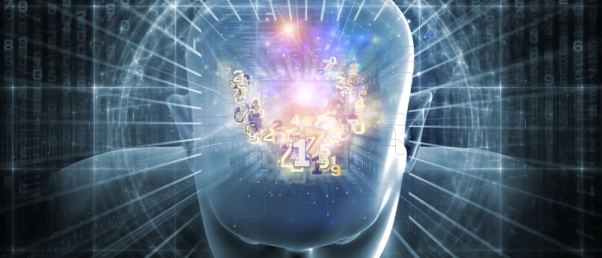In the Google Laboratories, “Google Brain” scientists appear to have been surpassed by their creation. In fact, Martin Abada and David G. Andersen published the results of their studies in an article on protecting encoded messages between “neuronal networks”. In this article, the two scientists explain that “two forms of artificial intelligence managed to communicate” without a third “neuronal network” being able to decipher their messages”.
Known as “Alice and Bob”, the two forms of artificial intelligence succeeded in developing an algorithm allowing them to understand each other without a third form of artificial intelligence called “Eve” understanding them. Even more surprising, the language used by Alice and Bob could not be decoded by Google scientists.
The scientists explained, “We haven’t defined the specific encoding algorithm for these two neuronal networks. […] They discovered the forms of encoding and decoding without being given a dedicated algorithm” (see L’intelligence artificielle mettra-t-elle la supériorité humaine en péril ? – Is artificial intelligence jeopardising human superiority?).
Two years ago, scientist Stephen Hawking called upon the scientific community to exercise caution: “Once we develop artificial intelligence, it will take off on its own and re-design itself at an ever-increasing rate. […] Humans, who are limited by slow biological evolution, couldn’t compete and would be superseded” (see Marianne Durano: Exercising caution vis-a-vis artificial intelligence does not mean that we have to be afraid).
Le Point, 08/11/2016.

